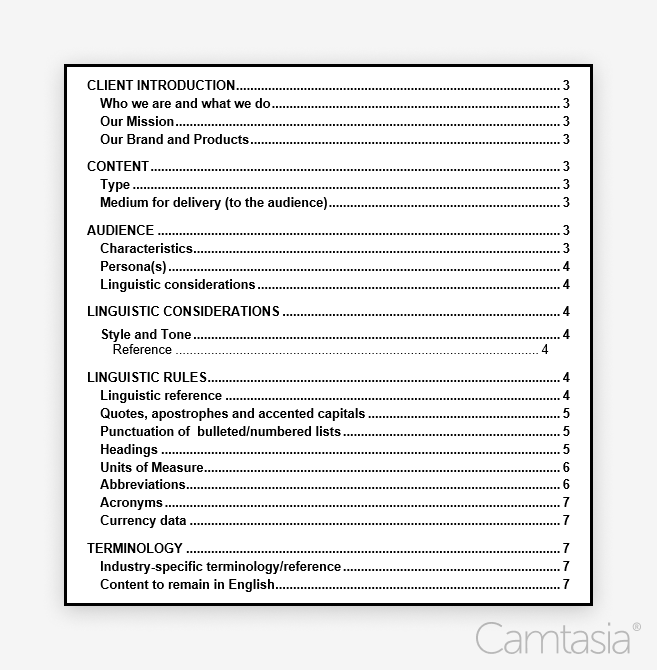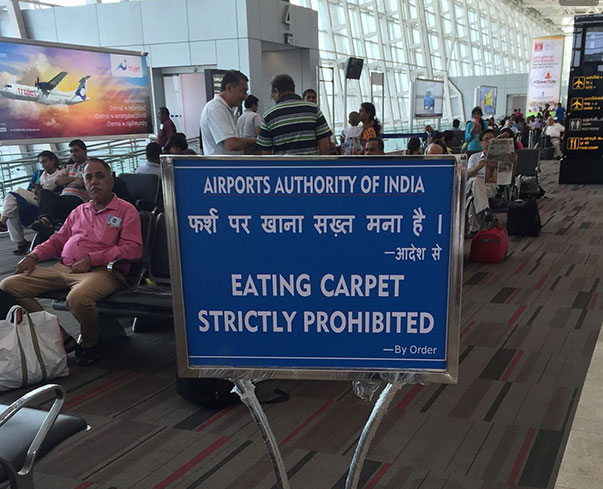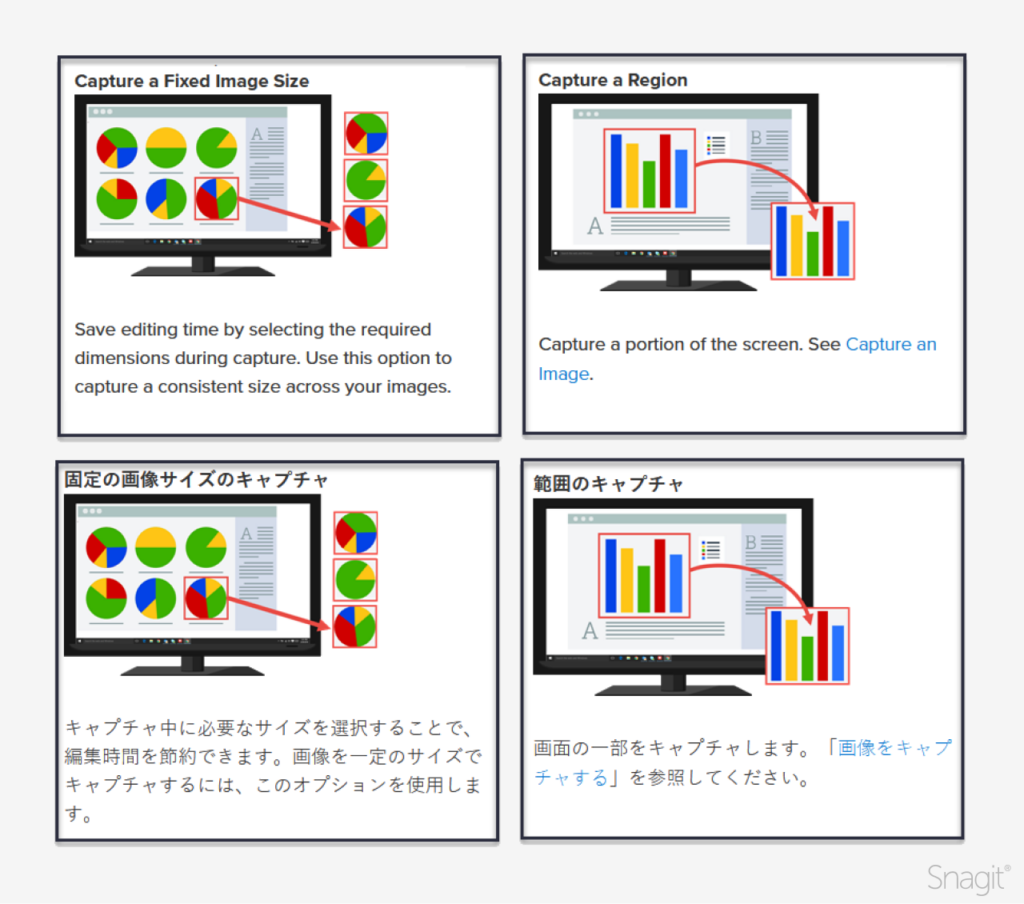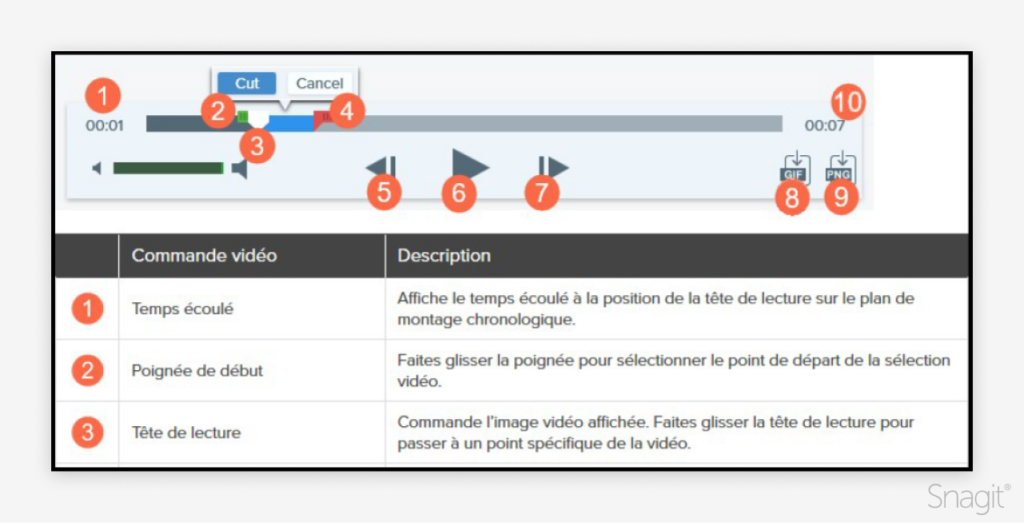In today’s global world, many businesses are growing their brands by expanding into international markets. A key part of this, which is sometimes overlooked, is content localization. This means adapting content to fit the needs and culture of a specific market. It’s not just about translating text—it’s about making sure the content resonates with local audiences by considering their language, dialect, expressions, and cultural references.

Categories of localization
When speaking of localization, there are several key terms to understand.
Internationalization
Internationalization is about designing products, software, or content so they can easily be adapted for different languages and cultures. This involves setting company goals, team methods, and guidelines to support global growth. It focuses on finding efficient, scalable, and affordable ways to grow in new markets, based on strategies set by company leaders.
Localization
Localization is a broad term that covers all the work needed to make your international growth plans happen. This includes everyday project tasks, team processes aimed at improving efficiency, localization kits, how teams are progressing with the Localization Model of Maturity (LMM), working with Localization Service Providers (LSPs), translations, and more. Think of localization as a department, like Marketing or Development, that handles all these tasks.
Under Localization are three categories for getting the language work done:
1. Translation
Translation is the process of putting words or text from one language into another. In the world of Localization, this term implies “as-is.” It is pretty much a word-to-word or phrase-to-phrase match, considering various locale forms of grammar, syntax, etc.
An example might be software that looks and behaves exactly the same in any language. The features and user interface are translated as-is and no cultural adaptation is needed.
Translation is typically based on content already created in a source language. Typically, with translation, the content looks and reads very similar across all languages.
2. Transcreation
This process involves adapting and translating words, images, videos, and campaigns to fit the culture of a different region. In localization, transcreation means “change.” It’s usually based on existing content but goes beyond simple translation.
For example, taglines might be adjusted to fit local preferences, blog posts reworded to include regional examples, or page layouts changed to suit longer translations. Transcreation ensures content looks and feels similar across languages, even if it’s slightly different.
3. Content creation
Content creation doesn’t use source content and implies “from scratch.” With this method, other language content creators write original ad copy, blog posts, video scripts, etc. without using the source language content for reference. Often outlines, brand guides, style guides, project plans, or in-person meetings help prepare the writers for the content needed.
With content creation, the final content may look similar to the other language versions or it may be unique to each locale.
Why content localization is important for global marketing
In today’s digital age, businesses can quickly reach a global audience. To truly connect with them and grow, content localization is a key part of any global marketing strategy. Creating content in the language of your target audience makes them feel understood and valued, building trust.
Building trust with target audiences
Localized marketing demonstrates you have taken the time and effort to understand their needs and preferences which fosters a sense of trust with your brand.
Research has shown that 70% of online consumers prefer to engage with content in their language. Nearly 75% of consumers say they are more likely to make a purchase when products and supporting information are in their native language.
By investing in content localization, you can tap into this preference and gain a competitive edge in the global market.
Reaching global audiences with search engines
Search engines are key in helping businesses reach their target audiences. Properly localized content boosts SEO for specific regions. By customizing your content to meet the needs and interests of each market, you increase visibility on local search engines. Factors like relevance, user experience, and local context help search engines rank websites, so localized content makes your site more likely to appear in local search results, driving organic traffic and attracting potential customers.
Content localization process: bridging the gap for global audiences
Step 1: Understanding your target markets
To connect with international audiences, it’s important to understand the culture, language, and preferences of each market. Before you start localizing content, research your audience by looking at language use, age groups, shopping habits, and local customs. This will help you create content that feels natural and engaging for each market.
Step 2: Building a style guide for localization
A style guide is a detailed document that covers a company’s goals, products, and branding, as well as specific rules for language use, tone, style, and formatting. Language-specific guides help keep content consistent across different languages. Working with local experts can improve efficiency and save costs during localization.

Step 3: Using the right translation tools
Translation tools help streamline localization by making the process faster and more accurate. Tools like machine translation can quickly translate content, but they often miss cultural details. Human translators bring in the cultural understanding needed for high-quality localization.
While machine translation tools, such as neural machine translation (NMT), or other AI services can expedite the translation process by automatically translating content, they lack the finesse and cultural understanding required for effective localization. As a result complex technical terminology may be misinterpreted, or brand names may be mispronounced. Human translators, on the other hand, provide the added expertise and cultural sensitivity for high-quality localized content.
A balanced approach, combining machine translation for initial drafts and human translators for refinement, often yields the best results.
Step 4: Adapting content for multiple formats
People consume content in many formats, like websites, apps, social media, and videos. When localizing content, it’s important to adapt for each format’s technical needs, such as screen sizes and resolutions. For video, tools like Camtasia can help add subtitles, voiceovers, and visuals for specific regions, making your content more relatable to local audiences.

How to build a content localization strategy
A strong localization strategy helps engage global audiences and grow your business. Hiring a Localization Service Provider (LSP) is a good way to ensure content is accurate and culturally appropriate. Different LSPs offer services from translation to creative content for specific regions. Resources like the Nimdzi report can help you find the right LSP for your needs.
One of the primary responsibilities of a localization expert is to ensure accuracy. Their job is to meticulously review and adapt the content, making sure that it is free from any errors or inaccuracies. This is especially crucial when dealing with culturally sensitive content, where a minor misstep has a significant impact on your brand’s reputation.

Leverage technology to streamline localization processes
LSPs use tools to streamline the localization process, making it more efficient and cost-effective. These tools help with tasks like managing software updates and using translation memory. If you’re just starting out, tools like Camtasia and Camtasia Audiate can help you add captions and other localized elements to videos. They provide simple video creation and video editing with the ability to add region-specific elements and assets, on screen text in callouts and lower thirds, translated SRTs, and even AI voice over.
Stardom awaits!
Camtasia is the perfect way to create exciting content for YouTube, TikTok, Instagram, and more!
Free Download
Common challenges in content localization
For many businesses, reaching international markets is a priority to increase sales and boost growth. However, embarking on a localization program comes with a significant number of challenges.
Overcoming cultural barriers
One of the main challenges in content localization is the potential for cultural misunderstandings. Localization failures occur when businesses fail to adapt their content to suit the cultural preferences of the target market.
For instance, humor is highly subjective and varies greatly across cultures. What may be amusing in one country can be considered offensive or simply fall flat in another. Companies must carefully tailor their jokes and wit to align with the cultural sensibilities of the specific market they are targeting. This attention to detail ensures humor lands effectively and fosters a positive connection with the audience.
Similarly, idioms and regional language expressions are filled with linguistic and cultural nuances that do not directly translate into other languages. Translating idiomatic phrases word-for-word typically results in confusion or even offense.
The best strategy is to avoid humor, jokes, and idioms, especially if they are not essential to the message being translated. If humor, jokes, or idioms must be used, original content should be created for each specific language or the content should be transcreated – NEVER simply translated.
Managing costs without sacrificing quality
While quality localization is crucial, it can be an expensive process, especially when relying solely on professional translation services. However, there are ways to save costs without compromising quality. One approach is leveraging in-house tools for specific localization tasks. For example, using a tool like Snagit to create one source images to be used for all languages.

Using Camtasia for certain aspects of video localization can help reduce expenses since this easy-to-use tool can be used internally. Similarly, transcription and translation tools like Camtasia Audiate can be utilized to streamline the localization of audio content.
Combining in-house tools like these with professional translation services for complex projects, can help strike a balance between cost-effectiveness and maintaining high-quality localized content.
Instant video translation
Easily translate your videos scripts and voice over into any of dozens of languages and dialects!
Get Audiate
Best practices for creating localized content
When creating localized content, it is essential to optimize web pages, URLs, blog posts, videos, tutorials, and social media for in-country audiences.
Optimize blog posts and social media for local audiences
SEO optimizing content for a different locale includes using region-specific keywords, incorporating local references, or even adjusting the overall structure of the content to better suit the target audience. By customizing your content to resonate with local audiences, you increase the chances of content appearing in organic searches within that locale’s search engines and create a higher level of customer engagement, build brand awareness, and create meaningful and long-lasting connections with new international customers.
For tutorials, software, and support articles, translation may work. However, some web pages and social media content may need Transcreation to modify the message. For other content like blogs, Content Creation is necessary to ensure the topics, examples, and links resonate with the intended audience.
Other best practices include using a controlled source language. Each person on the content writing team should use style sheets, glossaries, and and have a review process to help maintain consistency across writers. This ensures translations are also consistent, accurate, and efficient.
If using images, use a Simplified Image technique to reduce the need for localizing images. Software like Snagit has a built-in tool called Simplify for automating this process.

Finally, launching a Once-And-Done style of management for your localization team helps keep everyone focused and working together to achieve the organization’s global goals.
Monitor and measure localization success
After launching localized content, it’s important to monitor how well it’s performing. LSPs specializing in quality assurance can review translations, and analytics tools can track engagement and conversion rates to see if the content is resonating with the audience.
Conclusion
In today’s competitive market, businesses of all sizes can benefit from localizing their content to reach new regions. A good localization strategy helps companies connect with different audiences, build trust, and grow sales. This involves setting company-wide goals, using translation tools, and adapting content for various formats. Investing in localization helps businesses succeed globally by making their content more relevant and engaging across different cultures and languages.



Share